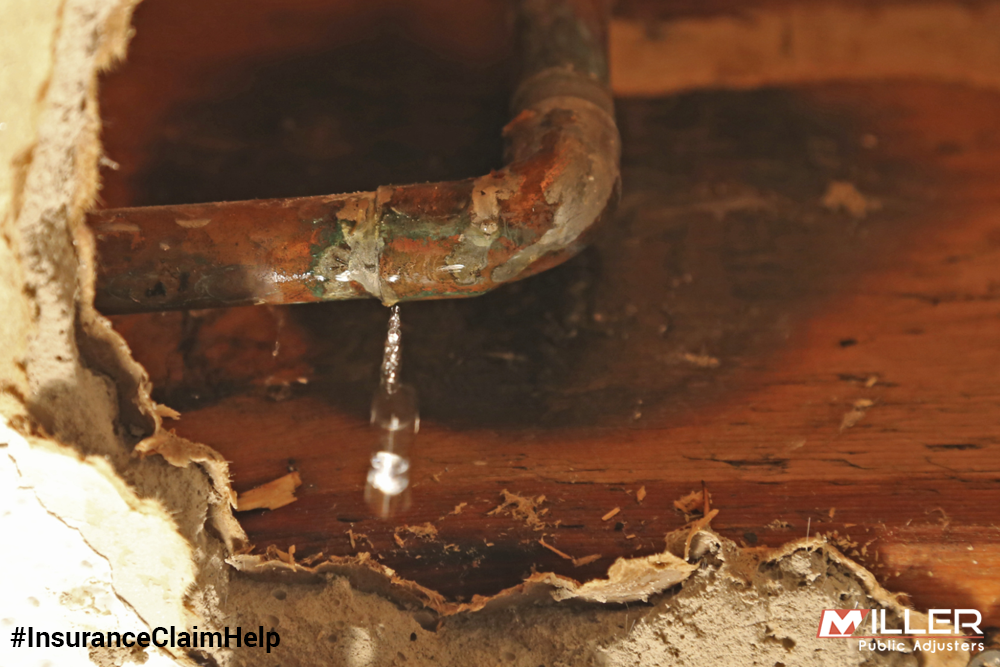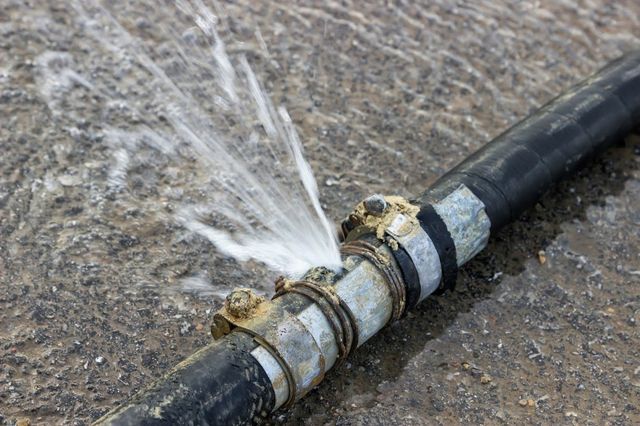Stop the Flood: Techniques for Spotting and also Taking Care Of Burst Pipes
Stop the Flood: Techniques for Spotting and also Taking Care Of Burst Pipes
Blog Article
The article author is making a number of great points on What to Know Before Installing a Dishwasher overall in this great article down below.

A ruptured pipe is a major emergency; you can just stand as you see water you pay dearly to reunite with the earth. In even worse instances, you notice a pool on your kitchen area flooring, which is a great trip risk, particularly if you have kids around. If the pipeline that ruptured was in your walls, problem: you might require to paint that whole section.
How can a disaster like a burst pipeline be protected against and also managed? Well, by listening to your professional emergency plumbings as well as adhering to these regulations.
Just how do I recognize when my pipes have burst?
Fluctuating water pressures
Pipes do not just burst in a day. You may have discovered that your kitchen tap or shower doesn't run instantly when you turn the faucet. It may pause for a few seconds and then blast you with more pressure than common.
In various other circumstances, the water might seem typical initially, then drop in pressure after a couple of secs.
Damp walls and water discolorations
Prior to a pipeline ruptureds, it will certainly leak, many times. If this consistent leaking goes unnoticed, the leak might finish right into a large laceration in your pipe. One easy way to prevent this emergency is to keep an eye out for damp walls ad water stains. These water discolorations will certainly lead you right to the leakage.
Puddles under pipes and sinks
When a pipe ruptureds, the discharge develops a puddle. It may show up that the pool is growing in size, and also despite the number of times you mop the puddle, in a couple of mins, there's one more one waiting to be cleaned. Often, you might not be able to trace the pool to any kind of visible pipes. This is an indicator to call an expert plumber.
Untraceable trickling noises
Pipeline ruptureds can happen in the most undesirable locations, like within concrete, inside walls, or under sinks. When your house goes quiet, you may have the ability to listen to an annoyingly relentless leaking noise. Also after you've checked your shower head and also kitchen area tap, the trickling may proceed.
Precious reader, the trickling may be coming from a pipeline inside your walls. There isn't much you can do regarding that, except inform a professional plumber.
Shut off the Water
When water ices up, it expands in quantity by about 9 percent. And also it broadens with tremendous pressure: The pressure inside pipelines may go from 40 extra pounds per square inch to 40,000 psi! No pipe can hold that much stress, so it breaks open. The break might happen where the ice kinds, however regularly, it happens where water stress discovers a weak spot in the pipeline. That may be inches and even feet from the icy area. Locate the water shutoff valve as well as shut off the water to stop more damage. You may likewise require to shut off the electrical power also, relying on where the leakages takes place and how huge it is.
Infected water
Many individuals assume a burst pipe is a one-way outlet. Rather the contrary. As water spurts of the hole or wound in your plumbing system, contaminants find their way in.
Your water may be polluted from the resource, so if you can, examine if your water container has any kind of problems. However, if your drinking water is supplied and cleansed by the city government, you must call your plumber promptly if you see or scent anything amusing in your water.
What do I do when I detect a ruptured pipeline?
Your water meter will certainly remain to run also while your water wastes. To decrease your losses, find the main controls and transform the supply off. The water pipe are an above-ground framework beside your property.
How to Fix & Detect a Leaking Pipe
How Do I Know if a Pipe is Leaking?
Leak detection tests can help you determine if your pipe has a leak. Even if you don’t see an apparent leak, you should still conduct leak detection tests regularly to save water and money—and prevent major damage to your home.
Water meter. It can be helpful to figure out what your usual water meter usage numbers are and then monitor them regularly. To monitor your meter, first, turn off all water faucets in your home. Check the meter and write down the numbers. In a few hours, check the meter again. If the numbers have changed, you have a leak. Water gauge. Use a water gauge to test your water pressure. Your showerhead should produce a certain amount of water pressure based on its model and design. If the pressure is lower than it is supposed to be for that specific showerhead, your home likely has a leak. Puddles. Look inside your bathroom, laundry, and kitchen sink cabinets. Puddles around the cabinets or around toilets, tubs, showers, and washing machines indicate the presence of a leaking pipe. You may also notice loose tiles, peeling or flaking paint, or mold caused by water accumulation. Napkin test. Even if you don’t see any puddles, you may still have a leak. You can test for water leaks in the bathroom, laundry, and kitchen by wiping below-sink connections with a napkin, paper towel, or piece of toilet paper. If it becomes damp, you probably have a leaking pipe under the sink. Discolored walls. Walls that are discolored—usually with brown or yellow stains—or bulging might mean that they have been impacted by water damage caused by a leaking pipe. Smell. A leaky pipe will create sitting water, and over time, that water may develop a musty smell. If your home smells musty, but you can’t locate the source, it may be due to a leak. Steps for Fixing a Leaking Pipe
A leaky drain can be remedied by tightening the pipe base, replacing the drain seal, caulking the rim, and tightening the pipe nut. Similarly, a leaking toilet pipe can be treated by tightening the packing nut. You may also need to replace the valve. A leaky faucet may just need tightening or replacement of the washers. If that doesn’t work, consider replacing your faucet. If your pipe has a hole in it, you may want to use a pipe leak sealer or pipe leak tape. This quick fix for water pipe leaks can also temporarily fix a copper pipe leak. https://www.ahs.com/home-matters/quick-tips/how-to-tell-if-pipes-are-leaking/

I'm very focused on What to Know Before Installing a Dishwasher and I am praying you liked the entire blog post. Those who enjoyed reading our blog posting if you please be sure to pass it around. Bless you for your time. Visit us again soon.
Schedule Estimate
Report this page